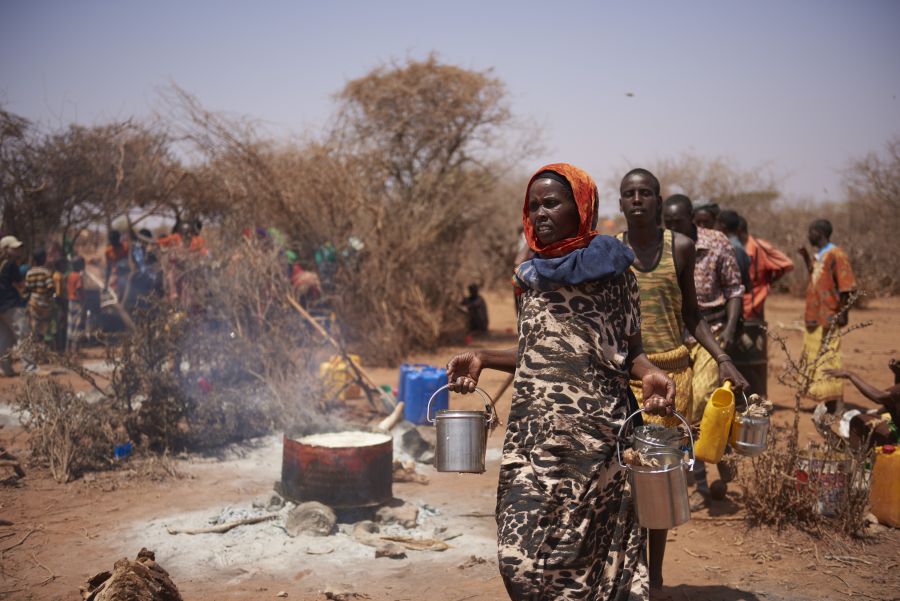Some 7.88 million people need emergency food assistance in 2018, National Disaster Risk Management Commissioner Mitiku Kasa said.
Speaking at the launching the 2018 Humanitarian and Disaster Resilience Plan (HDRP) document jointly produced by the government and humanitarian partners today, he said the figure is based on the Multi-Agency Meher assessment results.

“The total resource requirement to address the 7.8 million relief beneficiaries is estimated at 1.6 billion USD. Considering 215.3 million USD carry over resources, net requirement is estimated to be 1.44 billion USD,” the Commissioner added.
He further elaborated that, the government of Ethiopia has committed 138 million USD for drought responses and recovery/rehabilitation programs of Internally Displaced Persons (IDPs) as a first installment for 2018.
Mitiku stated that the existing coordination system among government, UN agencies, NGOs and donors will further be strengthened to ensure a robust and effective humanitarian response.
“I am confident that the humanitarian requirements identified in this 2018 HDRP will be jointly addressed through concerned efforts of the government and partners”, he stressed.
UN Resident and Humanitarian Coordinator Ahunna Eziakonwa-Onochie said the 2018 HDRP is an appeal for urgently required resources to address immediate humanitarian needs.
“The needs of the 7.88 million Ethiopians, which will be addressed through the plan, are very real and acute. In whatever manner we are able to assist, we need to do so immediately”, she emphasized.
According to HDRP document, of the total number of people requiring humanitarian assistance in 2018, 41 percent are in Oromia, 23 percent in Somalia, 12 percent in Amhara, 9 percent in SNNPR, and 7 percent in Tigray.
The remaining are in Afar, Gambella, Beninshangul-Gumuz, Harari regions and Dire Dawa Administration.
The number of the needy population has increased by 37 percent from 5.7 million in January 2017 to 7.8 million in 2018.
On the other hand, the 2018 needy population has decreased by 8.14 percent as compared to 8.5 million in Belg 2017.

